How to Dim LED Lights Without a Dimmer – 12 Tested Methods
LED lights function differently from traditional incandescent bulbs. Dimming an LED light usually requires specialized dimmers designed explicitly for LEDs.
However, numerous innovative and resourceful methods allow users to dim LED lights without a conventional dimmer switch.
The Importance of Dimming LED Lights
Dimming LED lights can offer several benefits. It helps create ambiance, conserve energy, extend the lifespan of LEDs, and adjust illumination to suit various activities or moods. Let’s explore multiple ingenious methods to dim LED lights effectively:
12 Tested Methods to Dim LED Lights Without a Dimmer:
Method 1: Using a Paper Clip or Aluminum Foil
This method involves manipulating the electrical contact in the LED circuit to adjust brightness. The flow of electricity can be altered by strategically placing a paper clip or aluminum foil in the circuit.
It’s crucial to exercise caution and ensure that the added material doesn’t cause a short circuit or any electrical hazards.
Experimenting with the positioning of the clip or foil can help fine-tune the desired dimming level.
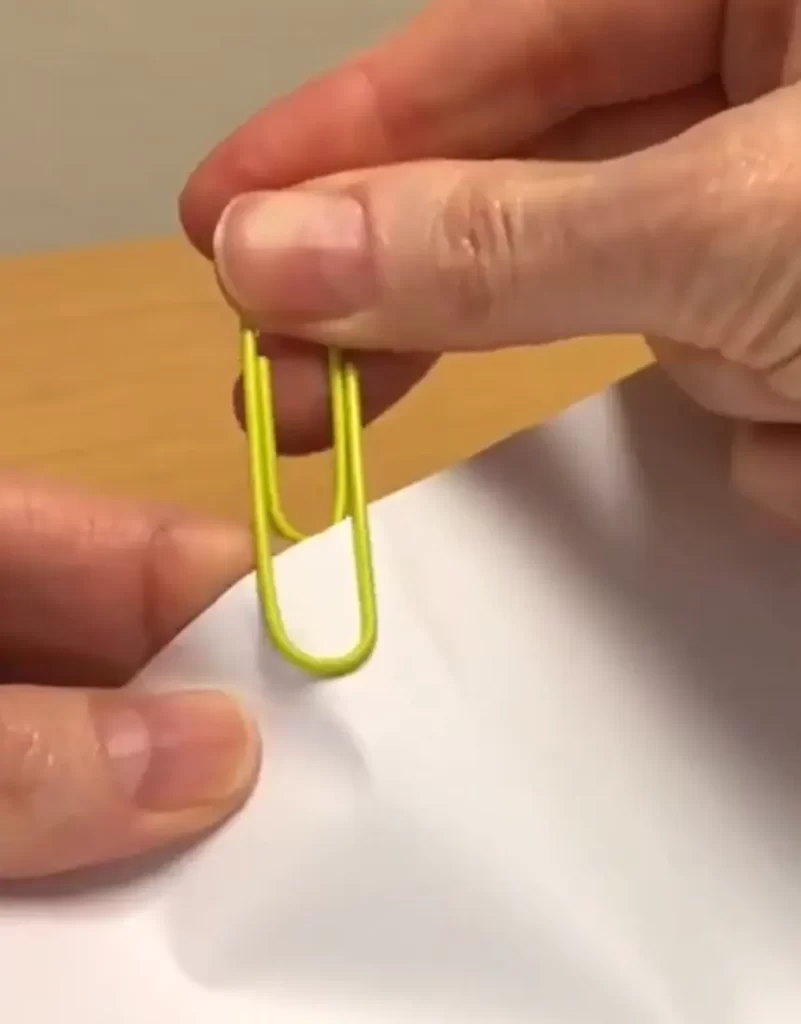
Method 2: Utilizing a Plug-In Dimmer
A plug-in dimmer is an external device that connects between the LED fixture and the power outlet. It acts as an intermediary, allowing users to adjust the brightness levels by rotating a knob or using a slider on the dimmer.
This method offers convenience as it doesn’t require any modifications to the existing electrical setup.

Method 3: Leveraging a Smart Plug or Smart Bulb
Smart plugs or bulbs with dimming capabilities can be controlled remotely via smartphone apps or voice commands.
These innovative devices provide a user-friendly way to dim LED lights without the need for traditional dimmer switches.
Integration with home automation systems further enhances their functionality.

Read more: How To Remove LED Lights Without Peeling Paint
Method 4: Employing Tape or Paint
Applying translucent tape or paint directly onto the surface of the LED bulbs can effectively diffuse the light output, reducing its intensity.
This method is simple and cost-effective, allowing users to customize the dimming level by varying the number of tape layers or the paint’s opacity.

Method 5: Accessing a Remote Control
Investing in a remote control specifically designed for LED lights offers a convenient way to adjust brightness levels from a distance.
These remotes usually feature buttons or dials that enable users to increase or decrease the brightness according to their preferences without requiring complex installations.
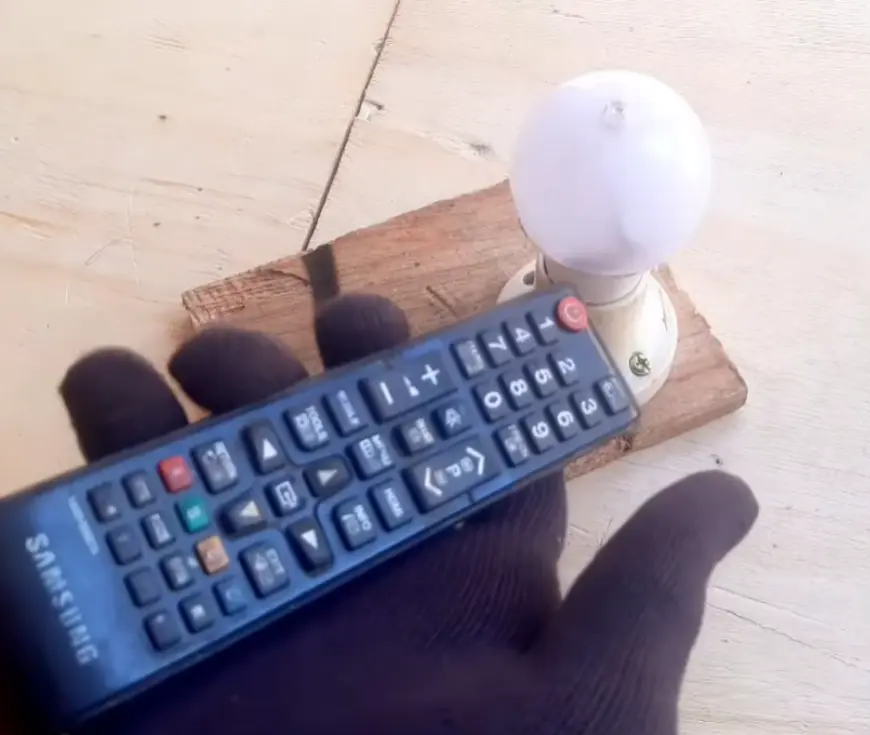
Method 6: Utilizing a Voltage Regulator
A voltage regulator is a device that regulates the voltage supplied to the LED, thereby controlling its brightness levels.
This method involves adjusting the regulator to modify the voltage output, allowing users to dim the LED lights effectively.
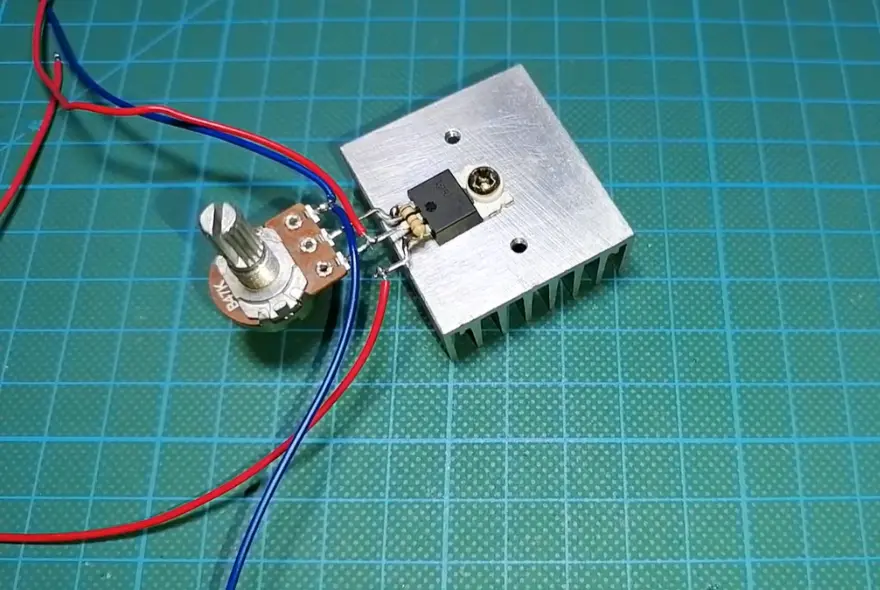
Method 7: Adding Resistors in Series
Integrating resistors in the LED circuit in series can regulate current flow and modify the brightness levels.
Different resistor values can be experimented with to achieve the desired dimming effect while ensuring compatibility with the LED specifications.
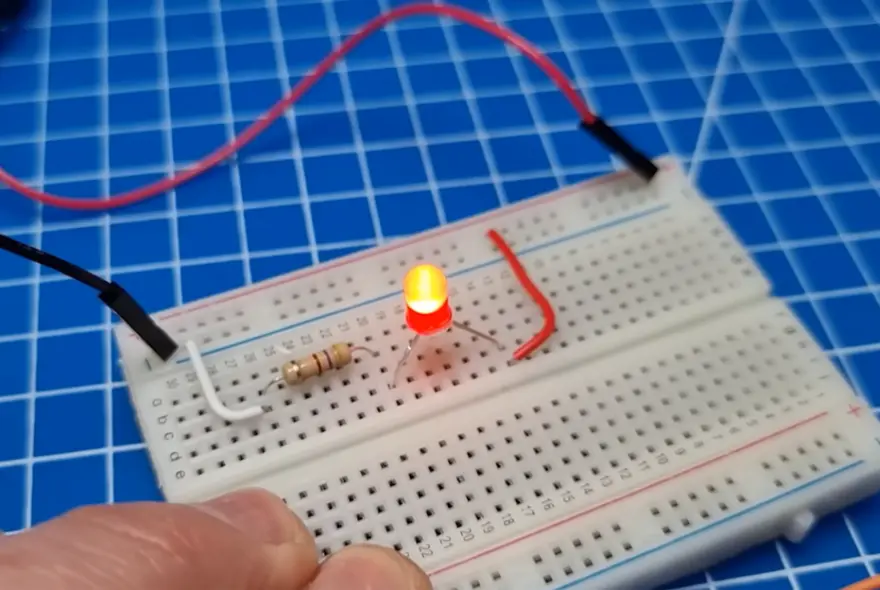
Method 8: Using a Variable Power Supply
A variable power supply provides precise control over the voltage supplied to the LED. By gradually adjusting the voltage output, users can achieve gradual dimming without requiring a dedicated dimmer switch.
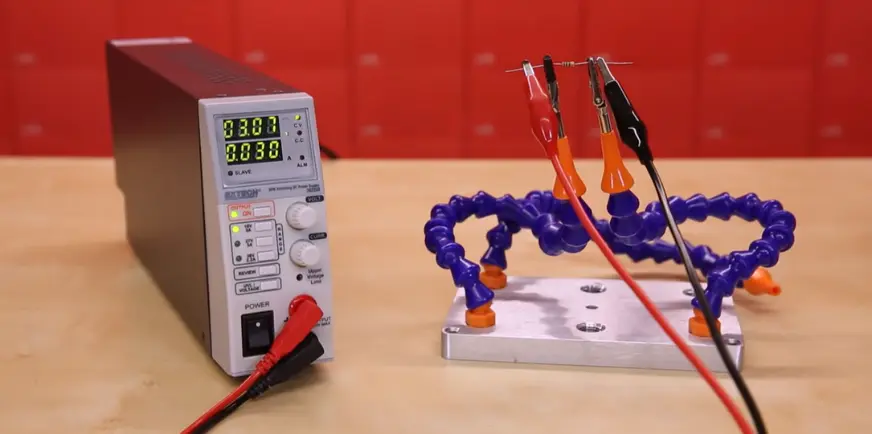
Read more: (News) Valve Announces New Steam Deck OLED Screen
Method 9: Incorporating a Battery
Introducing a battery into the LED circuit alters the current flow, allowing brightness control without a dimmer. This method can be effective, particularly in portable or temporary lighting setups.
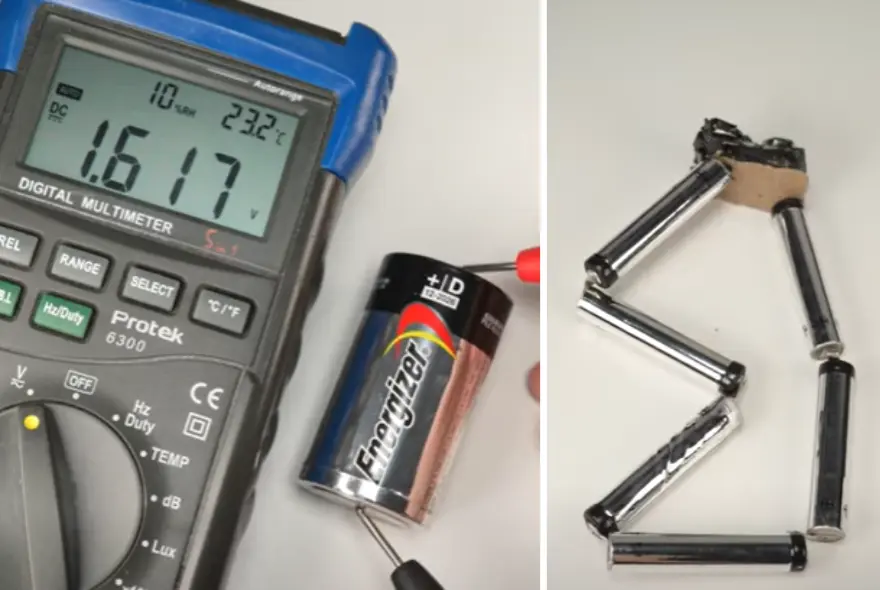
Method 10: Placing a Capacitor in Series
Inserting a capacitor in series with the LED alters the current flow, affecting the brightness levels.
Careful selection and experimentation with capacitor values are necessary to achieve the desired dimming effect.
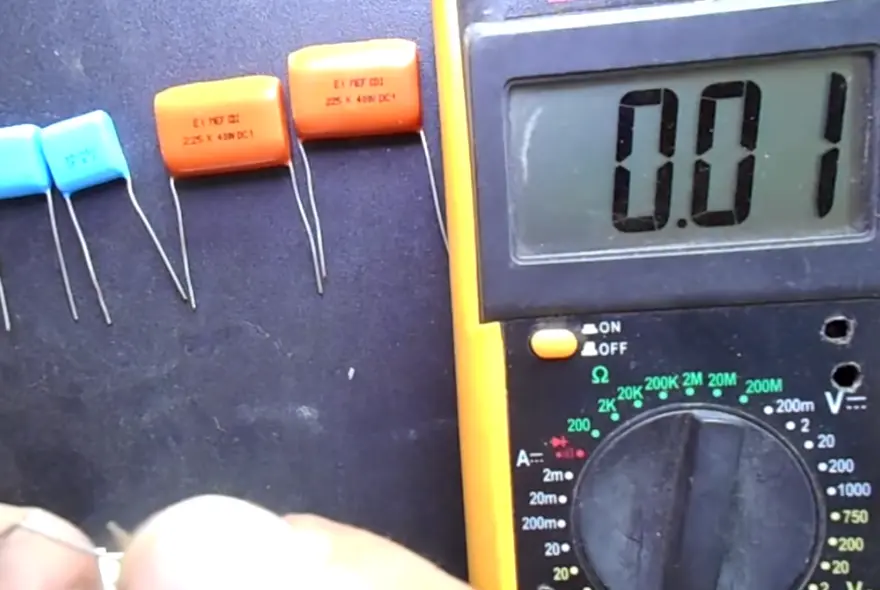
Method 11: Attaching Diffusers or Filters
Attaching diffusers or filters modifies the light output by scattering or absorbing light. This method alters the perceived brightness and can be adjusted using different diffusing materials or filters.
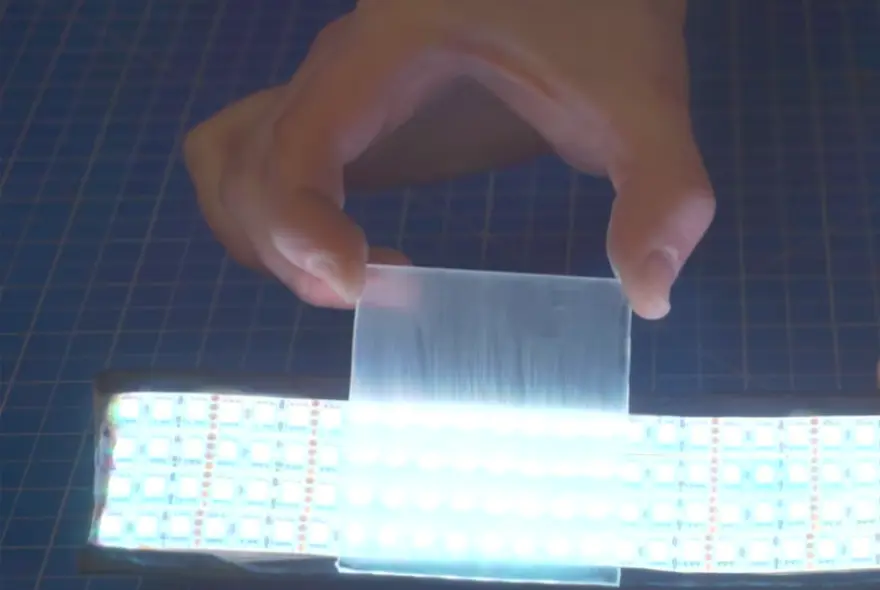
Read more: How To Pair LED Light Remote: A Step-By-Step Guide
Method 12: Understanding Multiple LEDs in Series or Parallel
Manipulating the arrangement of multiple LEDs in series or parallel can impact the overall brightness output.
Experimenting with different configurations and arrangements can lead to varying levels of dimming effect.

Each method presents unique approaches to dimming LED lights without a dimmer, providing users with options to suit their specific requirements and preferences.
Check the related video on YouTube at the Think Reno channel:
Frequently Asked Questions:
While not all LED lights are inherently dimmable, some innovative methods can effectively dim specific non-dimmable LEDs.
Properly executed techniques usually don’t significantly impact the lifespan of LEDs. However, it’s recommended to follow manufacturer guidelines for optimal usage.
Combining methods might yield varied results and should be cautiously implemented to avoid electrical hazards.
Yes, it’s essential to ensure electrical safety by disconnecting power sources before attempting modifications and seeking professional guidance if uncertain.
Assess your LED setup, consider compatibility, and experiment cautiously to find the most suitable method for dimming your LED lights.

